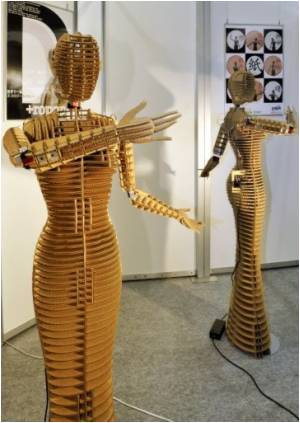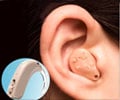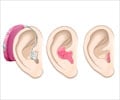A team of MIT researchers has developed fibres that can detect and produce sound.

"If you connected them to a power supply and applied a sinusoidal current" - an alternating current whose period is very regular - "then it would vibrate.
And if you make it vibrate at audible frequencies and put it close to your ear, you could actually hear different notes or sounds coming out of it," says Chocat.
In addition to wearable microphones and biological sensors, applications of the fibres could include loose nets that monitor the flow of water in the ocean and large-area sonar imaging systems with much higher resolutions: A fabric woven from acoustic fibres would provide the equivalent of millions of tiny acoustic sensors.
Other applications could include clothes that are themselves sensitive microphones, for capturing speech or monitoring bodily functions, and tiny filaments that could measure blood flow in capillaries or pressure in the brain.
The article appeared on Nature Materials' website on July 11.
 MEDINDIA
MEDINDIA



 Email
Email








